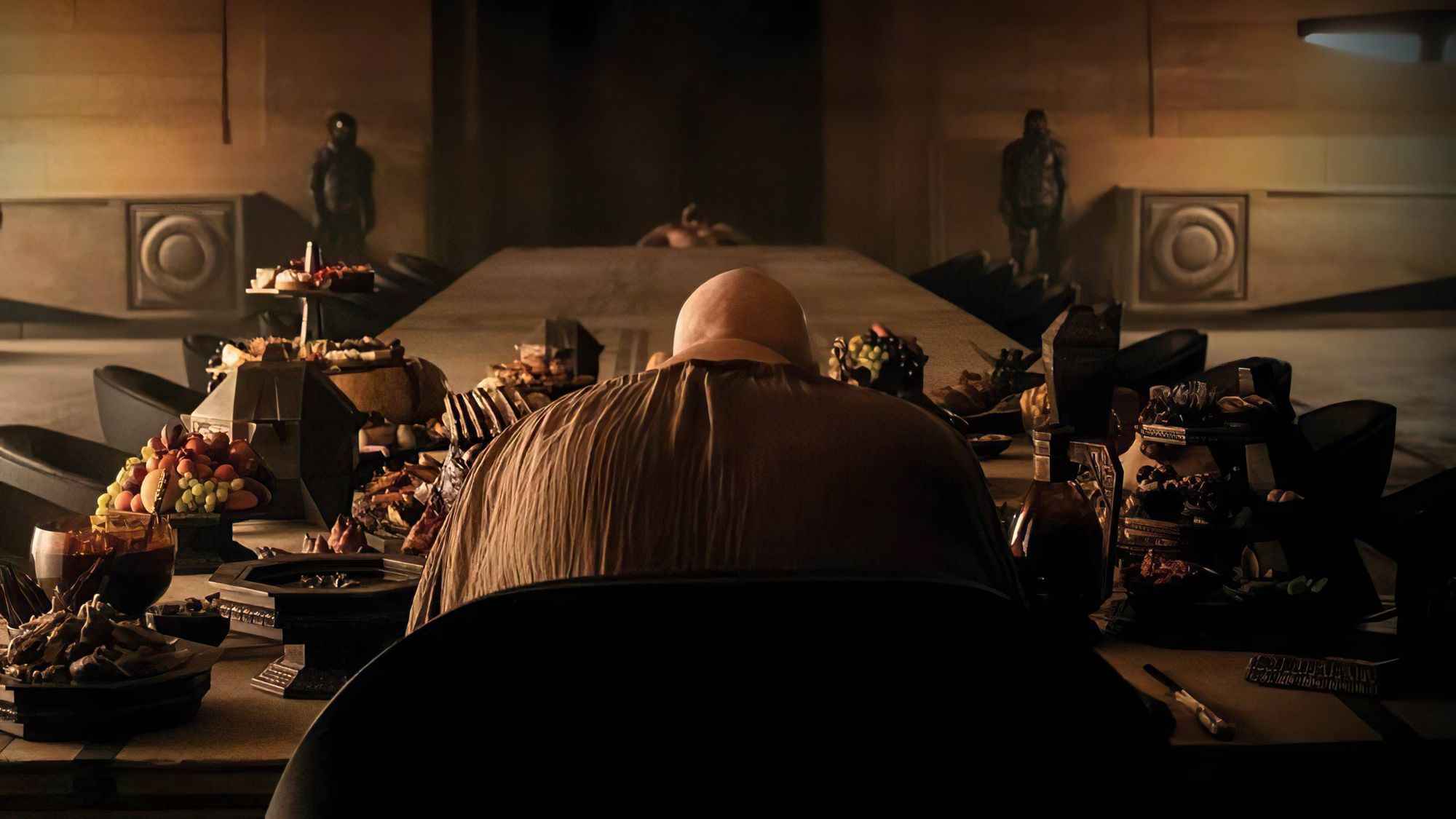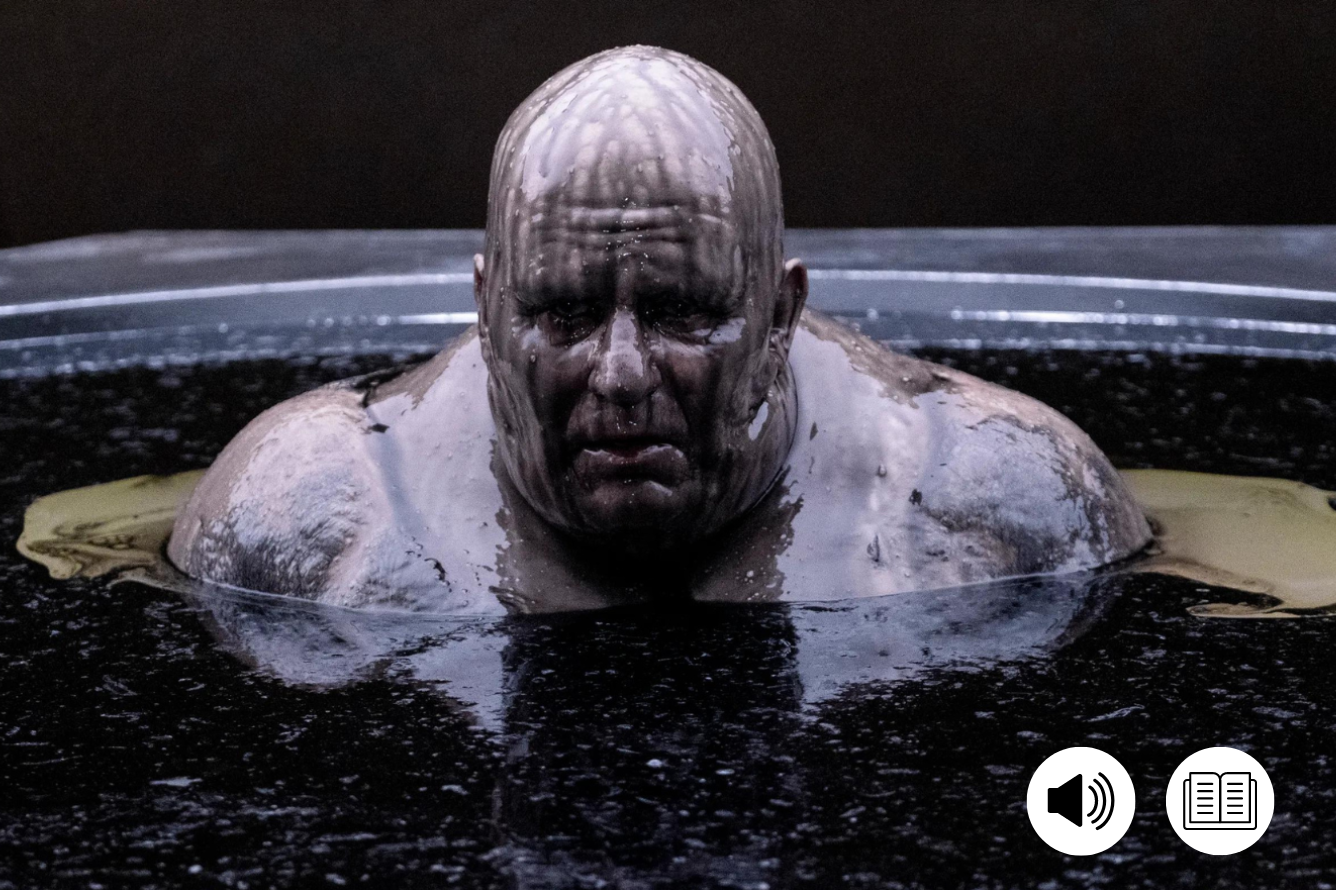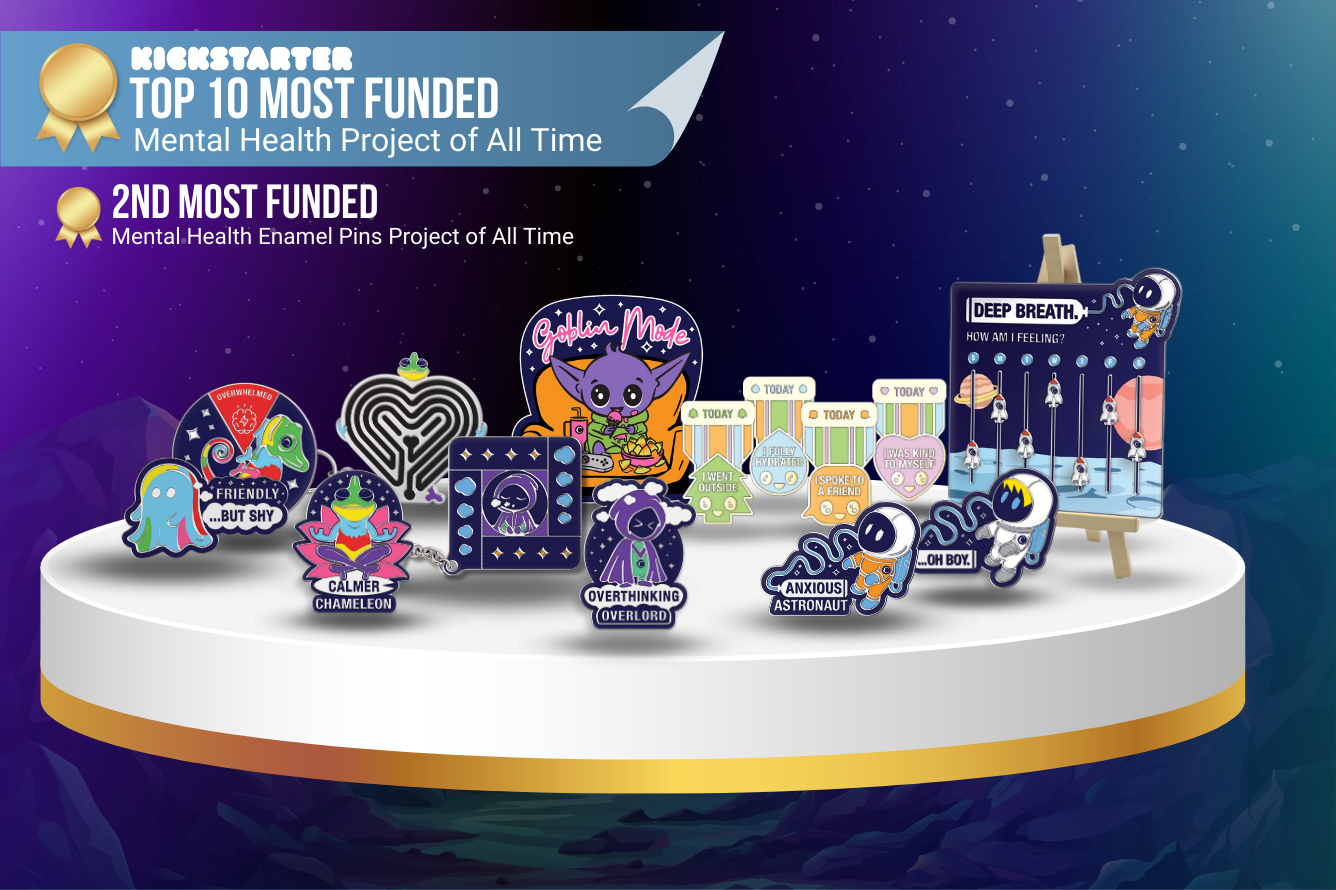When Denis Villeneuve’s new Dune adaptation arrived in cinemas, fans of Frank Herbert’s massively influential sci-fi series were impatient to see how their favorite characters had been interpreted for the screen this time around. Timothee Chalamet would be taking on the role of the young Messiah figure Paul Atreides, Zendaya would be playing the desert-dwelling Chani, and Stellan Skarsgård had inherited the complicated legacy of a classic queer-coded villain: Baron Vladimir Harkonnen.
When the original novel was written in the 1960s, it reflected issues like environmentalism with a prescient and progressive lens. Through Herbert’s comprehensive world-building, he raised intelligent questions about how to live within an ecosystem and deal with natural resources, even if his characters happened to be facing huge Sandworms at the same time. But Dune had a blind spot when it came to another burgeoning movement: the underground fight for gay liberation that would emerge after the Stonewall riots in 1969.
This time little of Herbert’s more unpleasant characterization made it to the screen but in the novel, Baron Harkonnen – an incestuous pedophile – is the only gay character in the series. And everything about the Baron is designed to be as repulsive as possible to a contemporary reader so that he would be singled out as the most cartoonishly villainous character out of the book’s antagonists. His physical appearance is described as “grossly and immensely fat” with “suspensors” under his robes to actually hold up his flesh, making him yet another fat villain demonized for their weight. Herbert contrasts the Baron’s large body with the young and lithe slaveboys that he lusts after and exploits, in order to further drive home the horror of him using his immense power over them.
Baron Harkonnen and his Sinister Sex Life
Even from the Baron’s first appearance, the author doesn’t shy away from portraying his attraction to boys. When his conversation turns to our hero Paul, who is heir to the Atreides family, he considers the idea of sending an assassin after the teenager. “Ah, but the lad has such a sweet young body,” the Baron muses, before accepting that he is too dangerous to survive. Later, after murdering a doctor who had defected to his side and watching his guards dying from a poisonous gas attack, the remorseless villain requests a distraction. “I’ll be in my sleeping chambers,” the Baron casually tells a guardsman. “Bring me that young fellow we bought on Gamont, the one with the lovely eyes. Drug him well. I don’t feel like wrestling.”
The implication that the Baron regularly drugs young slave boys to avoid a fight can hardly be brushed aside. Herbert has established that his queer antagonist is a rapist, fixated on sexually assaulting youthful and beautiful boys. And at the end of the chapter, the Baron observes that “the one with the lovely eyes” resembles Paul, which establishes that he poses a sexual threat to the young protagonist as well. That choice of words is also later repeated when he reflects on his young nephew Feyd’s future as a leader, making it clear exactly what the Baron would like to do with him. “He’ll learn. And such a lovely body. Really a lovely boy,” the villain thinks to himself. He had already noticed “his nephew’s lips, the full and pouting look of them,” in their first scene together – revealing to the audience that this monster is not only a predator but an incestuous one.

Feyd attempts to use his knowledge of the Baron’s sexual proclivities for his own gain when he tries to assassinate his uncle, by hiding a poisoned needle in the thigh of another young slave boy. Although the attempt fails, the fact that Feyd knew his uncle would try to put a hand on the slave’s thigh is telling. The Baron’s sexuality is clearly an open secret amongst the Harkonnens, as he reluctantly admits in the same scene. When his nephew asks why he hasn’t ever obtained one of the Bene Gesserit women for himself, given their superhuman abilities, the Baron snaps: “You know my tastes!” This single portrayal of homosexuality combines predatory stereotypes, incestuous desires, and body shaming. As it turns out, these uncomfortable tropes probably reflected Herbert’s own views.
Frank Herbert’s Own Homophobia
Although he’s mostly avoided the kind of publicity that has dogged fellow sci-fi writer Orson Scott Card, whose hysterical rants against gay marriage are infamous, Herbert’s political beliefs definitely leaned towards the right wing. As his son Brian recalled in the biography Dreamer of Dune (2003), he actually worked for several Republicans over the years. Before he was known worldwide for his science fiction, the author earned his keep by writing speeches and creating publicity for the campaigns of conservative candidates. He even worked for Oregon Senator Guy Cordon, who was a fervent Joseph McCarthy supporter. And Herbert’s opinions led to a distant, complicated relationship with his other son Bruce.
The brothers had a difficult childhood, raised by a man who would rig them up to a lie detector machine whenever they were in trouble and punish them regardless of the result. Bruce would grow up to be a gay photographer and activist who participated in “Act Up” marches after he moved to the queer scene in San Francisco. According to Brian, their parents were “not at all pleased by this information” and wished that he had never chosen that lifestyle. Their relationship remained difficult even during the dying days of Bruce’s mother, who was reportedly “troubled” by him “exposing himself to grave dangers in the gay community.” Herbert, who shared similar concerns, told his son not to visit his mother on her deathbed.

Bruce knew how his family felt about his homosexuality and never fully made up with Herbert. Although both sons outlived their father, they went on very different paths: Brian inherited the Dune series and still runs the estate, whereas Bruce eventually died of AIDS. This quiet family tragedy reflects that although Herbert may have been a hero to countless young sci-fi fans around the globe, he represented a slightly more complicated figure to his own children. Sadly, the author’s attitude towards gay men reflected the era he was born in and seemingly alienated him from Bruce.
Homophobia in David Lynch’s Dune and Homoeroticism in Denis Villeneuve’s
The 1984 David Lynch adaptation didn’t fix the original novel’s stereotypes but instead updated it for a new decade. In his book Hollywood from Vietnam to Reagan – and Beyond (1986), film critic Robin Wood accused Dune of being “the most obscenely homophobic film I have ever seen” thanks to its antagonist – and one scene in particular. Lynch was coming off his two early hits Eraserhead (1977) and The Elephant Man (1980), which featured both surreal and disturbing imagery, so he decided to leave his own stamp on this adaptation too. In a moment that traumatized a generation of young viewers, David Lynch demonstrated what kind of monster the Baron truly was.
After a passionate monologue about how he will seize power, the villain, played by a menacing Kenneth McMillan, approaches a young slave boy. He then rips out his heart plug, a gruesome device invented for the movie that seems to keep slaves in line through the constant threat of death. The boy begins to rapidly bleed out through his translucent uniform as the Baron embraces him. Blood sprays across the wall as the music swells. Other Harkonnen men watch voyeuristically during the act; some are reluctant, some are impassive, and others are interested. Feyd, played by Sting, grins manically at the climax, as though sharing the sadistic lust of his rapacious uncle.

In this scene, Lynch also frames the Baron as another classic trope of sexual threat: the vampire, which has been associated with seduction and homoeroticism since Lord Byron provided inspiration for John Polidori’s novella The Vampyre (1819). A suspender belt gives the Baron the supernatural ability to fly around despite his size, which he uses to cover himself in some kind of filthy black oil. When the villain then approaches the slave boy, he physically towers over him, similar to how Bela Lugosi’s creature of the night looms over Renfield in the climactic staircase murder of the 1931 film Dracula. He also deliberately contaminates his victim, smearing the mysterious black fluid on his face along with the boy’s own blood.
It’s worth noting that whilst Denis Villeneuve has thus far done away with the sexual sadism of Lynch’s incarnation, he has – if anything – leaned more heavily into the vampiric imagery, with the ghoulishly grey Harkonnen (Stellan Skarsgård)’s robes trailing below him as he rises on his suspender belt. Queerness is then inescapably part of the subtext and once the Harkonnen spring their trap, homoeroticism is dragged firmly into the fore as he looms above the very paralyzed and very naked Duke Leto (Oscar Isaac). At one point the Baron is framed from behind, gorging himself with food, his head level with Leto’s groin.

How the 1984 Dune Reflected the Horror of HIV
In the following decade, the vampire genre would also invoke the specter of AIDS. It had always been associated with contamination and plague (some have argued that the word “Nosferatu” itself is derived from the Greek for “disease-bearing”) but the invisible infection of a fluid-transmitted curse no longer just rang a bell when it came to Bram Stoker’s own alleged syphilis. Francis Ford Coppola’s 1992 interpretation of Dracula, for example, played up the fact that Dr. Van Helsing (Anthony Hopkins) is a specialist in blood-borne diseases. The film focuses on the blood transfusions that are supposed to save Lucy’s life after she’s been bitten, showing the glint of light off the doctor’s machinery. And Lynch’s cameras seem equally interested in fluids and disease when it comes to the villainous Baron.
McMillan’s portrayal of Baron Harkonnen in Dune was covered in sores, as critics pointed out at the time, which were also reminiscent of the ongoing AIDS crisis. Although the pustules had never been described in the novels, that detail was later incorporated into the sequels that his son wrote. Lynch’s film had started shooting in 1983, the same year that the World Health Organization held its first meeting officially addressing how AIDS was spreading across the globe. The New York Times also devoted a front-page piece to the epidemic for the first time, declaring: “HEALTH CHIEF CALLS AIDS BATTLE NO. 1 PRIORITY.” Panic had set in across the country and pressure was beginning to build for the government to do something about this mysterious illness.






